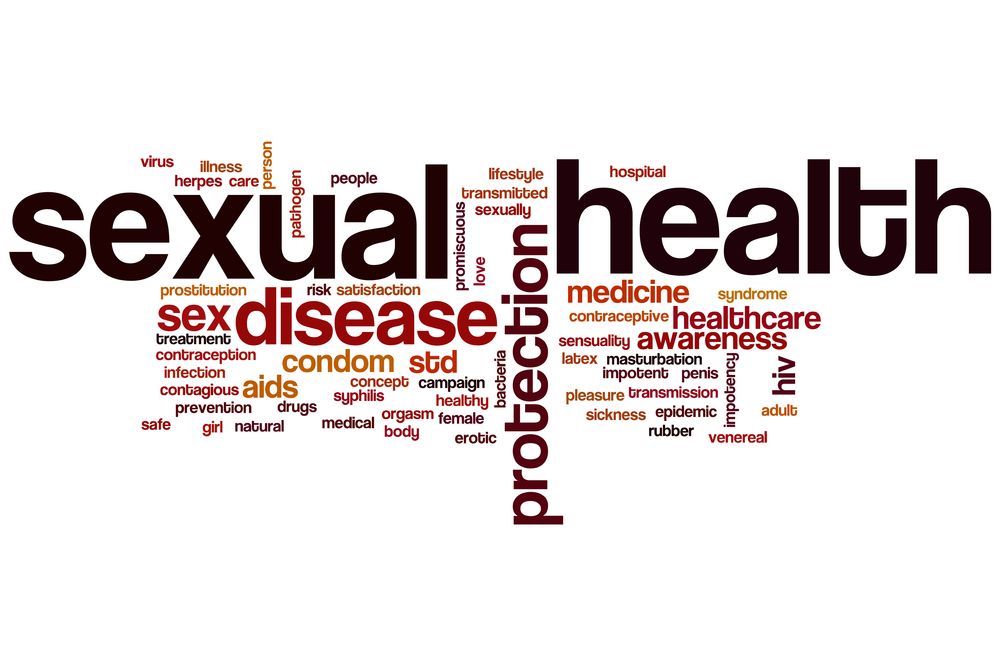STI cases on rise in United States
Cases of sexually transmitted diseases have been steadily increasing, according to a new CDC report, but ob/gyns can take steps to educate their patients.

Over the past several years, there have been steep and persistent increases in cases of sexually transmitted diseases, according to a new report from the Centers for Disease Control and Prevention (CDC).
From 2013 to 2017, gonorrhea diagnoses rose 67% and syphilis by 76%. But chlamydia remained the most common sexually transmitted infection (STI) reported to the CDC, with more than 1.7 million cases in 2017 alone.
“The rates of congenital syphilis are also increasing,” said Jodie Dionne-Odom, MD, an assistant professor of medicine in the Division of Infectious Diseases at The University of Alabama at Birmingham. “This is an infection that is easily treated by penicillin, but one that can lead to devastating outcomes if it is not recognized.”
Dr. Dionne told Contemporary OB/GYNthat these findings are surprising because scientific data and public messaging have been consistent over the past many years about increasing STI rates and the disproportionate impact of STI on pregnant women and young women and men of reproductive age.
“Many healthcare providers, public health professionals and community groups have been working hard to try to reduce infection rates in adolescents and young adults, but that inflection point has yet to be reached,” Dr. Dionne said. “Some of the increased awareness of these infections may lead to increased STI screening, which could contribute to some of the increase in prevalence. However, rates are consistent, concerning and noted in most regions of the United States.”
For providers who care for pregnant women, “this concern is heightened, given the association between STI and preterm delivery, low birthweight, neonatal infections and congenital syphilis,” said Dr. Dionne, chief of Women’s Health Services at the 1917 HIV Clinicin Birmingham.
Dr. Dionne said the CDC report is a reminder to all providers who care for pregnant women about the importance of routine prenatal screening for syphilis, chlamydia and gonorrhea, according to national guidelines.
“A vast majority of women with STIs are asymptomatic, and risk-based screening misses women who may not disclose risky behaviors or who may not be aware that they are at risk,” Dr. Dionne said.
The American College of Obstetricians and Gynecologists recommends universal screening for syphilis, HIV and chlamydia at the initial prenatal visit and for gonorrhea in women age 25 or younger, or at risk of STI. “Follow-up STI screening in pregnancy is recommended based on risk and local STI prevalence,” Dr. Dionne said.
Another key component to effective management of STI in pregnancy is ensuring partner therapy, according to Dr. Dionne. “If the woman’s partner is not treated for STI, her risk of reinfection, despite effective therapy, is high. Pregnancy providers can work with local public health officials to ensure that partners are treated for STI or they can provide expedited partner therapy (prescription of antibiotics for the partner), which is legally permissible in 41 of 50 states.”
A recent study published in Clinical Infectious Diseases shows high rates of bacterial STI among non-pregnant women who presented with symptoms of vaginitis or bacterial vaginosis (BV). “A specific association was noted between bacterial vaginosis and higher rates of chlamydia and trichomonas infections compared to women without BV,” Dr. Dionne said. “This serves as a good reminder to include STI testing when women present with symptoms of vaginitis.”
Dr. Dionne said obstetricians and other pregnancy care providers are best positioned to improve STI-associated adverse birth outcomes by incorporating routine STI screening into their clinical practice and discussing STI risk reduction practices with all women.
“However, additional BV studies are needed to assess the association between BV and STI in pregnancy,” Dr. Dionne said.
Disclosures:
Dr. Dionne reports no relevant financial disclosures.
Study finds lack of testing for gonorrhea, chlamydia during pregnancy
August 15th 2024Adherence to guideline-based laboratory testing and treatment of chlamydia and gonorrhea in pregnant women has been found to be suboptimal in the United States, indicating the potential for negative effects on newborn and maternal health.
Read More
Link found between delayed prenatal care and congenital syphilis rates
August 7th 2024A study presented at the Infectious Disease Society for Obstetrics and Gynecology 2024 Annual Meeting found an increase of 4 days between diagnosis and treatment among pregnant patients with congenital syphilis vs those without congenital syphilis.
Read More
Reducing costs and increasing accessibility key to enhancing STI testing among youth
August 6th 2024A study presented at the Infectious Disease Society for Obstetrics and Gynecology 2024 Annual Meeting highlights the importance of affordability and convenience in boosting STI test uptake among adolescents and young adults.
Read More
